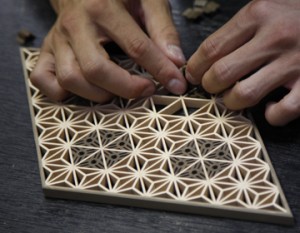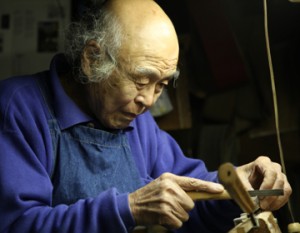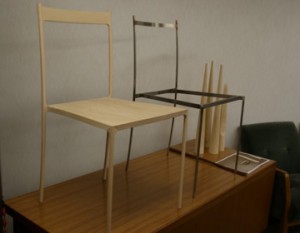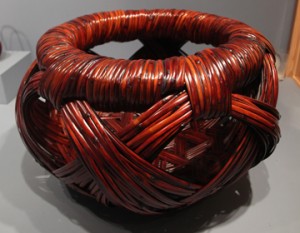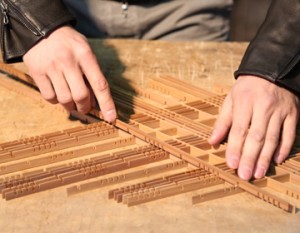Inami Sculpture Elegantly Decorated Ranma
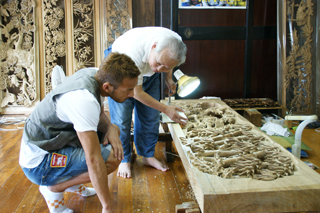
”Ranma” you would see often in temples and shrines are decorative boards that are fit in between the ceiling and the lintel for ventilation and light, equivalent to transoms in western structures. The ”ranma” seen in temples and shrines are fancy decorative ones with tigers and dragons. ”Inami Sculpture” that have been handed down from the past in Toyama are imperative for the making of gorgeous ”ranma”. It originated towards the end of 1700s in the middle of the Edo period. Sculptors specializing in temple sculpting from Kyoto were dispatched to restore Zuisenji temple built in 1390 by Shakunyo Shonin, the fifth Honganji head priest. Under these sculptors local carpenters learned the skills and that is how Inami sculpture was born. The ”Shishi no Kootoshi” at Zuisenji, by Shichizaemon, one of the sculptors who received training, is indeed a masterpiece with its graceful touch that represents Japanese sculpture. After this, Inami sculpture had developed further, creating not just ranma of temples but wooden partitions and Buddhist statues, etc. Later on ranma for ordinary houses became popular and had spread into people’s daily lives.
To Further Nurture Craftsmen
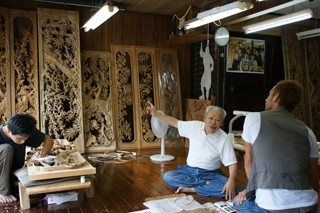
Seiho Nomura is designated as the nation’s traditional craftsman. His elegant designed works are 3-dimensional and are vibrant with liveliness. People from around the country enchanted with Inami sculpture visit to inquire about apprenticeship. and now there are more than 200 sculptors, disciples and craftsmen all put together. Nomura explains, ”Many districts famous for sculpting refrain from accepting apprenticeship Inami has been open to this so that traditional skills will not terminate. That is one of the biggest features of Inami sculpture.” At the workshop we saw young people working on ranma. Inami sculpture is not just local traditional craft that is handed down by a handful of people. It has spread across the nation.




